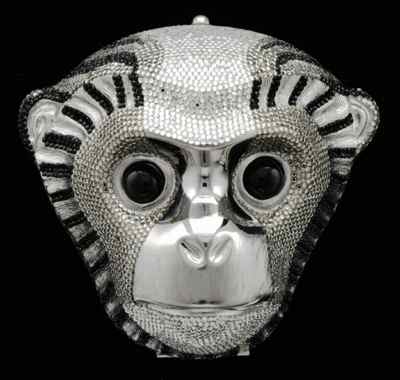 Yesterday on my Facebook wall I posted: Several of my FB friends this morning mentioned taking naps. I haven't had a nap since 1982.
Yesterday on my Facebook wall I posted: Several of my FB friends this morning mentioned taking naps. I haven't had a nap since 1982.One of my friends replied, "Salvador Dali had an unusual napping technique--maybe something you can use for your blog" with a link to an article.
I did not have a chance to read the article yesterday, but I did today.
I learned that hypnagogia is a term used to describe the transitional state between wakefulness and sleep (i.e. the onset of sleep). Mental phenomena that occur during this "threshold consciousness" phase include lucid dreaming, hallucinations, out of body experiences and sleep paralysis. Such transitions are usually brief, but can be extended by sleep disturbance or deliberate induction, for example during meditation.
The article mentioned some notable historical figures that made use of wrote of the "fancies" he experienced "only when I am on the brink of sleep, with the consciousness that I am so."
The article also mentioned that t
Sitting in the warm sun after a full lunch and feeling somewhat somnolent, Dali would place a metal mixing bowl in his lap and hold a large spoon loosely in his hands which he folded over his chest. As he fell asleep and relaxed, the spoon would fall from his grasp into the bowl and wake him up. He would reset the arrangement continuously and thus float along-not quite asleep and not quite awake-while his imagination would churn out the images that we find so fascinating, evocative, and inexplicable when they appear in his work.I recall several times waking in the middle of the night with an interesting thought or idea. And I've even considered writing it down. But then I think to myself that it made so much sense there's no way I could forget it. So I go back to sleep and wake in the morning with no recollection of it. Perhaps I was in a hypnagogic state right before waking up.
This sounds like something worth experimenting with, maybe even blogging about in 2011.




























